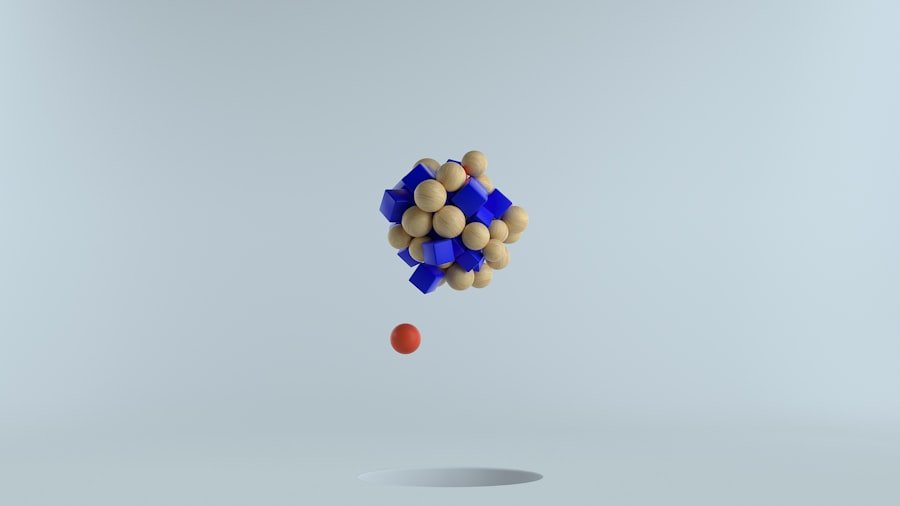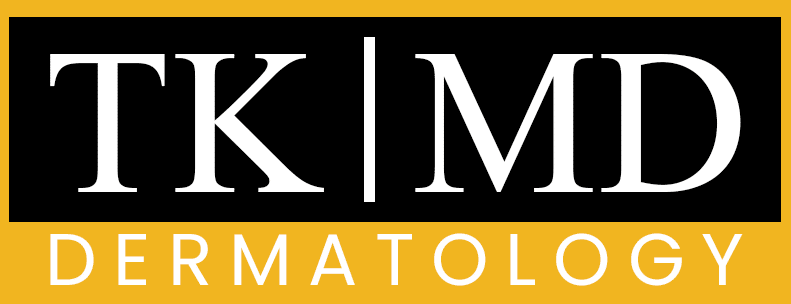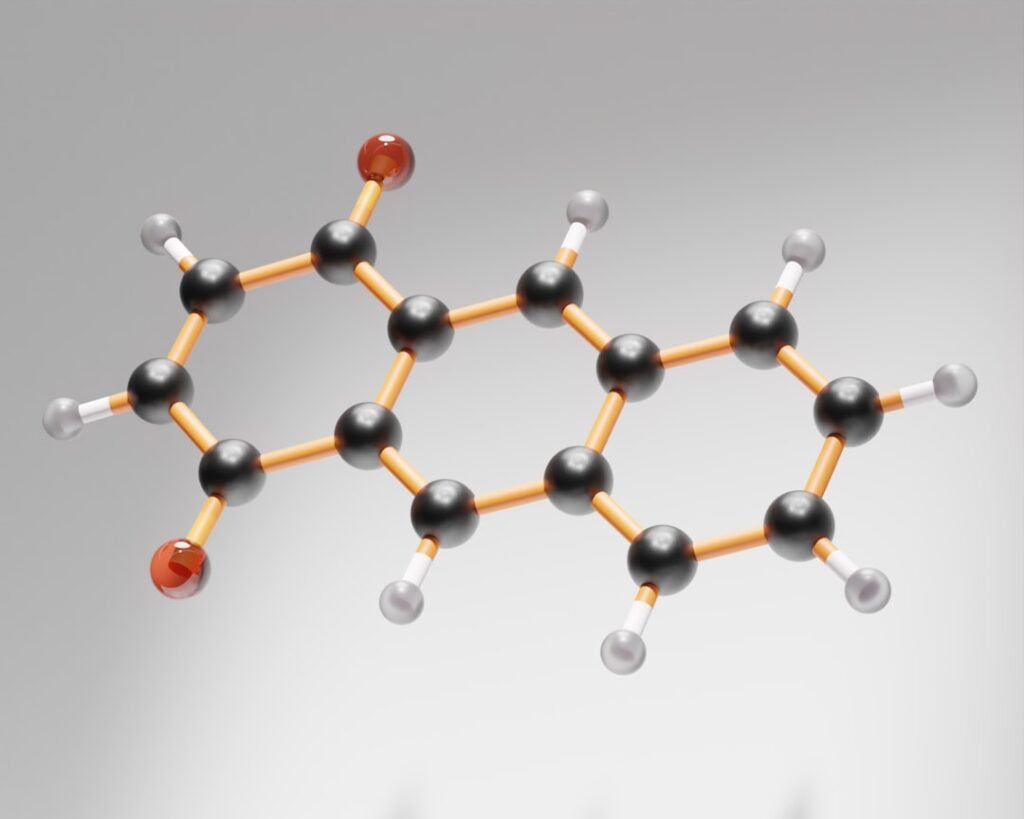Benzoyl peroxide is a widely recognized topical treatment for acne, celebrated for its effectiveness in combating various forms of this skin condition. It is an organic compound that belongs to the class of peroxides, characterized by its ability to release oxygen when applied to the skin. This property is crucial, as it helps to kill the bacteria responsible for acne, specifically Propionibacterium acnes, which thrives in the oily environment of clogged pores.
Benzoyl peroxide is available in various formulations, including gels, creams, and cleansers, making it accessible for different skin types and preferences. The compound has been a staple in dermatological treatments since its introduction in the 1970s. Its popularity stems from its dual action: not only does it reduce the number of acne-causing bacteria, but it also helps to exfoliate the skin, preventing the formation of new pimples.
By promoting the turnover of skin cells, benzoyl peroxide aids in unclogging pores and reducing inflammation. This multifaceted approach makes it a go-to option for individuals struggling with mild to moderate acne, as it addresses both the symptoms and underlying causes of breakouts.
Key Takeaways
- Benzoyl peroxide is a common ingredient in acne treatments that works by reducing acne-causing bacteria and unclogging pores
- When choosing a benzoyl peroxide product, consider the concentration, formulation, and your skin type
- To apply benzoyl peroxide for best results, start with a lower concentration, use a pea-sized amount, and gradually increase frequency
- Potential side effects of benzoyl peroxide include dryness, redness, and peeling, so it’s important to use moisturizer and sunscreen
- Combining benzoyl peroxide with other acne treatments like salicylic acid or retinoids can enhance its effectiveness in managing acne breakouts
How Benzoyl Peroxide Works on Pimples
The mechanism by which benzoyl peroxide operates is both fascinating and effective. When applied to the skin, it penetrates the outer layer and releases oxygen into the pores. This oxygenation creates an inhospitable environment for anaerobic bacteria, which cannot survive in the presence of oxygen.
As a result, the population of P. acnes diminishes significantly, leading to a reduction in inflammation and the formation of new pimples. This antibacterial action is one of the primary reasons why benzoyl peroxide is so effective in treating acne.
In addition to its antibacterial properties, benzoyl peroxide also acts as a keratolytic agent. This means it helps to break down keratin, a protein that can accumulate in hair follicles and contribute to clogged pores. By promoting the shedding of dead skin cells and preventing their buildup, benzoyl peroxide reduces the likelihood of comedones—those pesky blackheads and whiteheads that often precede more severe acne lesions.
Furthermore, its anti-inflammatory effects help to soothe existing pimples, reducing redness and swelling, which can be particularly beneficial for those experiencing painful cystic acne.
Choosing the Right Benzoyl Peroxide Product

Selecting the appropriate benzoyl peroxide product can significantly influence treatment outcomes. These products come in various concentrations, typically ranging from 2.5% to 10%. While higher concentrations may seem more effective, they can also increase the risk of skin irritation.
For individuals with sensitive skin or those new to benzoyl peroxide, starting with a lower concentration is advisable. This allows the skin to acclimate to the treatment while minimizing potential side effects such as dryness or peeling. In addition to concentration, the formulation type plays a crucial role in product selection.
Gels are often preferred for oily skin types due to their lightweight texture and quick absorption. Creams may be more suitable for drier skin types, as they tend to provide additional moisture. Cleansers containing benzoyl peroxide can be effective for those who prefer a wash-off treatment; however, they may not remain on the skin long enough to deliver maximum benefits.
Ultimately, individuals should consider their skin type, lifestyle, and personal preferences when choosing a benzoyl peroxide product to ensure optimal results.
Applying Benzoyl Peroxide for Best Results
| Metrics | Results |
|---|---|
| Frequency of application | Once or twice daily |
| Duration of treatment | 4-6 weeks for noticeable results |
| Common side effects | Dryness, redness, peeling |
| Effectiveness | Reduces acne-causing bacteria and unclogs pores |
| Precautions | Avoid contact with eyes and clothing |
Proper application of benzoyl peroxide is essential for achieving the best results while minimizing side effects. It is generally recommended to start with a small amount of product applied once daily to clean, dry skin. After cleansing, users should wait for their skin to dry completely before applying benzoyl peroxide; this helps to enhance absorption and efficacy.
A pea-sized amount is usually sufficient for treating the entire face, and it should be gently massaged into the skin without excessive rubbing. As treatment progresses, individuals may gradually increase the frequency of application to twice daily if their skin tolerates it well. However, it is crucial to monitor for signs of irritation such as redness or excessive dryness.
If these occur, users should reduce the frequency or concentration of application until their skin adjusts. Additionally, incorporating a non-comedogenic moisturizer into the skincare routine can help alleviate dryness and maintain skin hydration without exacerbating acne.
Potential Side Effects and Precautions
While benzoyl peroxide is generally considered safe and effective for most individuals, it is not without potential side effects. The most common reactions include dryness, peeling, redness, and irritation at the application site. These effects are often temporary and can be managed by adjusting the frequency or concentration of use.
However, some individuals may experience more severe reactions such as allergic contact dermatitis or severe irritation, which necessitate discontinuation of use and consultation with a healthcare professional. It is also important to note that benzoyl peroxide can bleach fabrics and hair due to its oxidative properties. Users should exercise caution when applying the product near clothing or linens and consider using white towels or pillowcases during treatment.
Additionally, individuals using benzoyl peroxide should be mindful of sun exposure; this treatment can increase photosensitivity, making it essential to apply sunscreen daily to protect against UV damage.
Combining Benzoyl Peroxide with Other Acne Treatments

For many individuals struggling with acne, a multi-faceted approach may yield better results than using benzoyl peroxide alone. Combining benzoyl peroxide with other topical treatments can enhance efficacy while addressing different aspects of acne pathology. For instance, pairing benzoyl peroxide with topical retinoids like tretinoin can provide complementary benefits; while benzoyl peroxide reduces bacteria and inflammation, retinoids promote cell turnover and prevent clogged pores.
Another effective combination involves using benzoyl peroxide alongside salicylic acid, which is known for its ability to penetrate pores and dissolve excess sebum. This combination can be particularly beneficial for those with oily or combination skin types. However, caution should be exercised when layering multiple active ingredients; introducing new products gradually allows users to monitor their skin’s response and minimize irritation.
Tips for Managing Acne Breakouts
Managing acne breakouts requires a holistic approach that goes beyond topical treatments like benzoyl peroxide. Lifestyle factors play a significant role in skin health; therefore, adopting healthy habits can complement any skincare regimen. A balanced diet rich in antioxidants—found in fruits and vegetables—can support overall skin health by reducing inflammation and promoting healing.
Staying hydrated is equally important; drinking adequate water helps maintain skin moisture levels and supports detoxification processes. Stress management is another critical component in managing acne breakouts. Stress can trigger hormonal fluctuations that exacerbate acne; therefore, incorporating relaxation techniques such as yoga or meditation can be beneficial.
Additionally, maintaining a consistent skincare routine tailored to individual needs can help prevent breakouts from occurring in the first place.
Regularly cleansing the skin without over-exfoliating ensures that pores remain clear while preserving the skin’s natural barrier.
When to Seek Professional Help for Acne
While many individuals find success with over-the-counter treatments like benzoyl peroxide, there are instances when professional intervention becomes necessary. If acne persists despite consistent use of topical treatments or if it worsens over time, consulting a dermatologist is advisable. A healthcare professional can assess the severity of acne and recommend appropriate prescription medications or therapies tailored to individual needs.
Moreover, individuals experiencing severe forms of acne—such as nodular or cystic acne—should seek professional help sooner rather than later. These types of acne can lead to scarring if left untreated and may require more aggressive interventions such as oral medications or laser therapy. Additionally, if acne is accompanied by significant emotional distress or impacts quality of life, seeking support from a mental health professional may also be beneficial in addressing underlying issues related to self-esteem and body image.
If you are looking for alternative treatments for acne, you may want to consider red light therapy. According to Dr. Trisha Khanna, red light therapy can help reduce inflammation and promote healing, making it a potential option for those struggling with pimples. In addition to benzoyl peroxide, exploring different treatment options like red light therapy may provide additional benefits for managing acne.
FAQs
What is benzoyl peroxide?
Benzoyl peroxide is a topical medication that is used to treat acne. It works by reducing the amount of acne-causing bacteria and by causing the skin to dry and peel.
How does benzoyl peroxide work for pimples?
Benzoyl peroxide works by killing the bacteria that contribute to acne, as well as by helping to unclog pores and reduce inflammation.
Is benzoyl peroxide effective for treating pimples?
Yes, benzoyl peroxide is considered to be an effective treatment for mild to moderate acne. It is available over-the-counter in various strengths and formulations.
Are there any side effects of using benzoyl peroxide for pimples?
Some common side effects of benzoyl peroxide include dryness, peeling, redness, and irritation of the skin. It can also cause bleaching of hair or fabrics, so caution should be taken when using it.
How should benzoyl peroxide be used for pimples?
Benzoyl peroxide should be applied to clean, dry skin and used as directed by a healthcare professional or as indicated on the product label. It is typically applied once or twice daily.
Can benzoyl peroxide be used in combination with other acne treatments?
Benzoyl peroxide can be used in combination with other acne treatments, such as topical retinoids or oral antibiotics, as recommended by a healthcare professional. However, it is important to use these products as directed to avoid potential irritation or adverse effects.


